
All categories
Featured selections
Trade Assurance
Buyer Central
Help Center
Get the app
Become a supplier

(3500 products available)












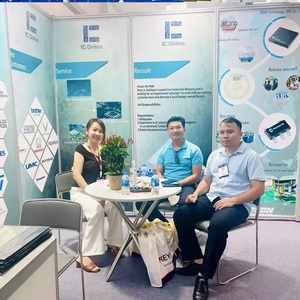













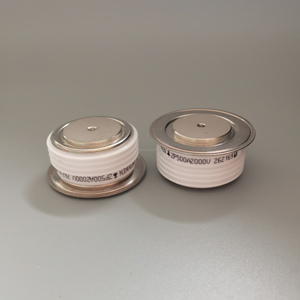





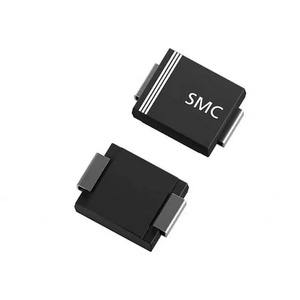
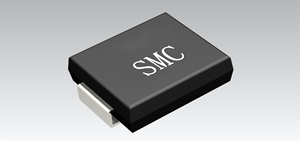


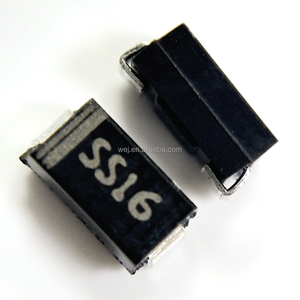
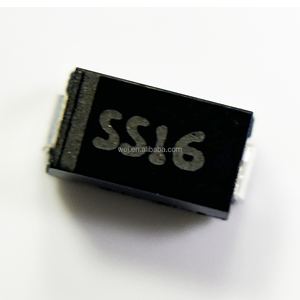


Efficient rectifier diodes come in various types, each with unique features and advantages suited to different electronic systems.
Schottky diodes use a metal-semiconductor junction rather than a semiconductor-semidium junction. They have a low forward voltage drop of 0.2-0.4 V, leading to less power dissipation. They feature fast switching speeds and are suited for high-frequency applications. Their low charge storage reduces switching losses, making them ideal for power converters in telecommunications.
SiC diodes are wide-bandgap semiconductors designed for high-temperature, high-voltage, and high-frequency applications. They have a forward voltage drop of 1.5-3 V and better thermal conductivity than conventional diodes. They offer superior efficiency and robustness in harsh environments. Their strength makes them ideal for electric vehicles, industrial equipment, and renewable energy systems.
JFET diodes utilize a JFET to reduce the diode's forward voltage drop. They have lower conduction losses, making them suitable for renewable energy systems. The JFET diode provides high precision and fast response, which helps to improve rectification efficiency in critical applications, such as aerospace systems.
HBT diodes integrate bipolar transistors and junctions for efficient rectification. They are more suitable for high-frequency applications. They have a low forward voltage drop and better performance than conventional diodes in RF and microelectronics. Their compactness and efficiency are improving mobile devices and wireless communications.
Reflecting on the above-mentioned types, certain features and applications end up making electronic rectifier diodes more efficient than others.
The low forward voltage drop reduces power dissipation during the rectification process. It minimizes heat generation and energy loss, leading to higher overall system efficiency. This feature is especially critical in battery-operated devices where power conservation is key. It improves the performance of switching power supplies and reduces operating costs in industrial systems.
Fast switching speeds allow the diode to transition quickly between conducting and non-conducting states. They minimize the time spent in the reverse recovery process, leading to lower energy loss. This is crucial in high-frequency applications like RF communication and power converters since it helps maintain signal integrity and reduces distortion. It also enhances the efficiency of solar inverters and electric vehicles by improving power conversion rates.
The tolerance makes them suitable for harsh operating conditions. Reduces the risk of failure in critical applications like industrial machinery, automotive systems, and power grids. High voltage capability enables safe operation even under extreme conditions. This feature is essential for diodes in power systems, where voltage levels may fluctuate significantly.
These diodes are compatible with wide-bandgap semiconductors and other advanced materials. This allows integration into newer high-performance systems. They work well with emerging technologies, such as electric vehicles and renewable energy systems. These systems require more efficient power management solutions. It supports the miniaturization of devices by enabling smaller, more compact rectifier circuits.
Recitifier diodes have several commercial applications across multiple industries due to their enhanced efficiency and performance.
Efficient rectifier diodes enhance power conversion in telecommunications infrastructure like base stations and routers. They improve energy efficiency and reduce operational costs by minimizing power loss during signal processing. Quick switching speeds also help maintain signal transfer, improving overall system performance.
They are vital for electric vehicle systems, including battery management and regenerative braking. They help convert and manage power efficiently, enhancing battery charging and discharging processes. Their key role is in the power electronics of EVs to improve range and performance while reducing heat and increasing energy savings.
In the industry, efficient rectifier diodes are used in drives, inverters, and power supply systems. They help improve the efficiency and dependability of rectification circuits. This reduces downtime and maintenance expenses in manufacturing operations. Their ability to withstand high temperatures makes them ideal for usage in industrial settings where machines work incessantly.
Rectifier diodes convert AC to DC in solar power systems and wind energy converters. They enable greater energy extraction and conversion efficiency in these systems. It reduces the installation and upkeep costs of solar inverters and wind power systems. This makes renewable energy more affordable and accessible.
A diode bridge can be applied in several ways, and buyers have to put several factors in place to get diodes that meet their clients' needs.
Knowing the requirements of the application is important because different uses have dissimilar parameters. Rectifier diodes are used in power supplies, where efficiency and thermal performance are of great importance. In high-frequency applications, quick rectifiers are needed. On the other hand, simple circuits might work with standard diodes. Collecting detailed information about the application will help narrow down the options.
Users must consider the load and voltage ratings of the diodes they want to use. A diode must be added with at least 20-30% more current than the expected maximum load to avoid system failure. The reverse voltage rating must also be higher than the application peak voltage to prevent breakdown. Doing this will ensure trustworthy and safe operations in the given environment.
The temperature coefficient of a diode will define how its performance parameters are impacted by temperature variations. In applications where users expect a significant temperature range, they should consider diodes with low temperature coefficients. Such diodes will help improve circuit stability by minimizing changes in forward voltage drop or reverse bias. This is especially important in deposits exposed to extreme heat or cold environments.
Rectifier diodes are applied in several ways, and each industry has preferences based on its achievements. They are extensively employed in power management circuits in the telecommunication industry. In the automobile industry, they help with power conversion in EVs. In the industrial space, they are used in automation machinery power supply systems.
Rectifier diodes are generally made of silicon. Silicon has ideal semiconductor properties for forming diodes. However, in the past few years, silicon carbide and germanium have been used to make rectifier diodes. The SIC and germanium diodes have higher temperature tolerance, voltage, and efficiency than silicon diodes. These three materials are the most available for making efficient rectifier diodes, and each of them has unique benefits that make the diode ideal for particular applications and environments.
Some of the key factors to enable clients to select the right efficient rectifier diode include the type of diode, operating temperature, voltage rating, and current rating. They should also consider client preferences and applications. Some clients will prefer diodes that operate at a wide temperature range, while others will not care about temperature and will focus on voltage or current. Knowing each factor will help buyers select diodes that satisfy their clients' needs.
Rectifier diodes are generally safe when applied in the right manner and with the correct precautions. These precautions include measuring the reverse voltage and forward current. The voltage and current must not surpass the diode's maximum ratings. Users can install protective circuits such as fuses or circuit breakers to prevent overloads.
Recent innovations in diode materials, such as wide-bandgap semiconductors like SiC and GaN, have improved the thermal conductivity, efficiency, and voltage ratings. These materials also improve diode performance in high-temperature and high-power applications. Engineers use these materials to manufacture diodes for electric vehicles, renewable energy systems, and power electronics. There is also a notable increase in integrating diodes into compact devices for space-constrained applications.